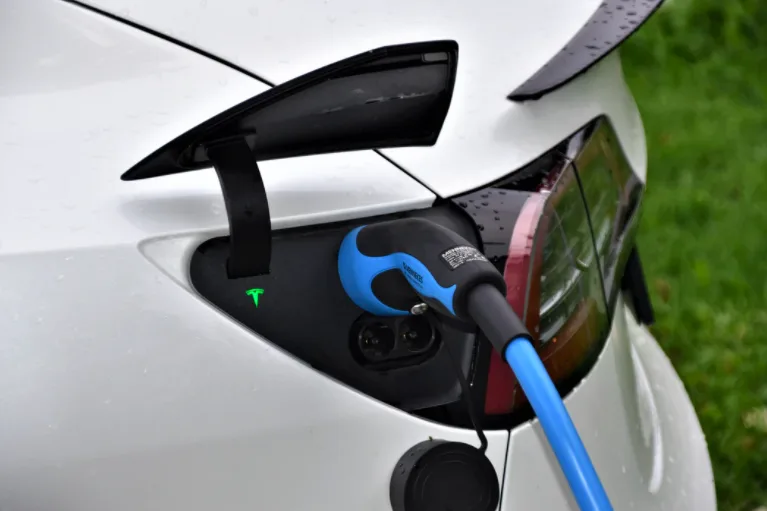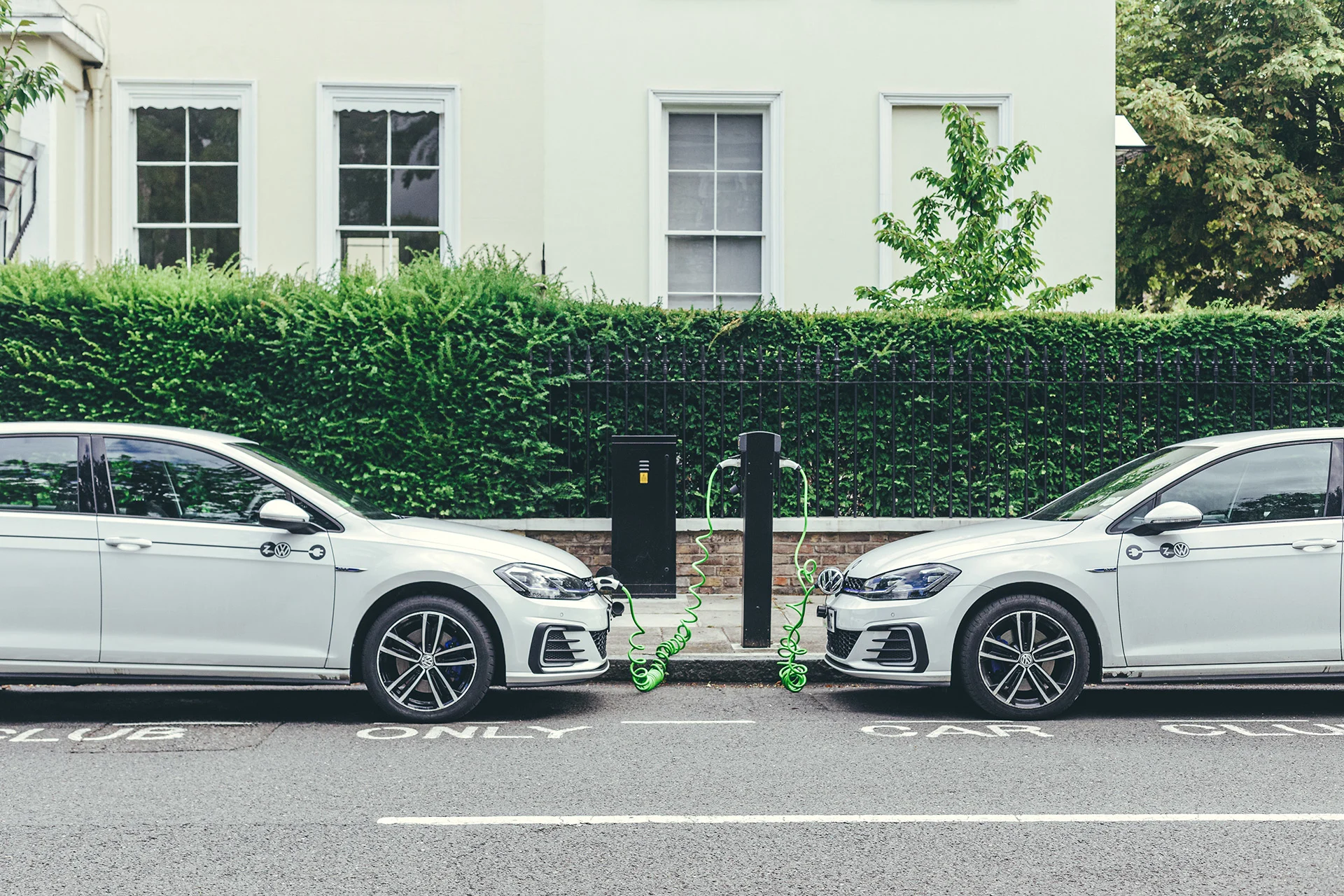
The distance an electric vehicle can travel significantly increased in 2020
Global car sales were down 20 per cent in 2020 due to COVID-19, but EV sales jumped 43 per cent
Are electric vehicles ready to dominate Canada’s roads?
Yes: Now able travel up to 650 kilometres on a single change No: Six month waiting list to buy one
Improvements in electric vehicles (EVs) batteries have boosted the median range for 2020 models beyond 400 kilometres on a single charge, with maximum ranges topping 650 km according to the US EPA. EVs outsold traditional vehicles in Norway last year, while EVs sales increased 186 per cent in the United Kingdom where sales of gas and diesel cars will be banned in 2030. In total, nearly 1.4 million new EVs were sold in Europe last year, four times as many sales as the US, and outpacing China’s EV sales for the first time.
Global car sales were down 20 per cent in 2020 due to COVID-19, but EV sales jumped 43 per cent. The reason? EVs are better technology. They have better acceleration, cheaper to fuel and maintain, and there’s no noise or pollution. Right now they cost more to buy but that’s about to change.
Price parity between EVs and internal combustion vehicles is expected as soon as 2022 in Europe and year or two later in North America reports Bloomberg NEF, a leading research firm on clean energy and transport. By 2025, EVs will represent 10 per cent of global passenger vehicle sales, rising to 28 per cent in 2030 and 58 per cent in 2040, according to Bloomberg’s latest report.
JUST A BIG BATTERY AND ELECTRIC MOTOR
EVs are far less complex vehicles than traditional internal combustion vehicles. They don’t have multi-speed transmissions, radiators, fuel injectors, gas tanks, valve trains, exhaust systems or any of the other 2,000 parts in the drive train. EVs aren’t much more than a big battery and electric motor: Just 20 parts in their drive trains. This simplicity means they are easier to manufacture. Consider the fact that Tesla’s first-ever EV sedan rolled off the production line less than 10 years ago and now Tesla is considered the most valuable automaker in the world.

Credit: Waldemar Brandt via Unsplash
Simplicity also means EVs require little to no maintenance other than brakes and tires. Electric motors are also more energy efficient which helps reduce their fuel costs. Driving an EV instead of a comparable-sized gas car can save Canadians between $1,000 and $1,800 in fuel costs every year depending on the province according to a new report by Clean Energy Canada, a research organization at Simon Fraser University.
GOOD LUCK FINDING AN EV TO TEST DRIVE
Anyone who test-drives an electric car doesn’t want to go back to gasoline vehicles says Merran Smith, Clean Energy’s Executive Director. Most Canadians are interested in looking at an EV for their next vehicle a 2019 survey showed, says Smith. But good luck finding an EV to test drive. Most car dealerships don’t have one on the lot, never mind purchase. Nearly 70 per cent of over 1000 dealerships contacted did not have a single EV for purchase a 2020 Transport Canada study revealed.
Dealers don’t want to sell EVs because there is so little money to be made servicing or repairing them, Smith says.
British Columbia and Quebec are exceptions because of their provincial policies and incentives that encourage EV sales. For example, Quebec had a target of 100,000 EV on its roads by 2020 and managed to get to 92,000. As a result, dealerships in those provinces have 76 per cent of Canada’s entire new EV inventory.
Getting car dealers to sell EVs has also been an issue in Europe says Jennifer Lynes, a researcher at the School of Environment at the University of Waterloo. In progressive Nordic countries like Sweden and Denmark mystery shoppers were dissuaded from buying EVs by car dealership sales personnel. Studies show the same is happening in North America Lynes says. That, and the lack of EVs at dealerships to test drive, and three to six month-long waits to get an EV delivered are the biggest barriers Canadians face.

Credit: Phaustov. iStock Editorial. Getty Images.
Meanwhile Canadians drive the least-efficient, most polluting vehicles in the world according to the International Energy Agency. All those SUVs and pickup trucks on the road have increased Canada’s transportation carbon pollution nearly 30 per cent over the past two decades.
In an effort to reduce those emissions, Canada wants at least 10 per cent of all light-duty vehicle sales to be EVs by 2025. The Federal government offers a $5,000 rebate on the cost of a new fully electric vehicle, and $2,500 on a plug-in hybrid. However, it has long delayed a plan to require car dealers to sell a minimum number of EVs as California does with considerable success. The 2025 target will be missed without additional action Transport Canada acknowledges, as are the far more ambitious 2030 and 2040 targets of 30 per cent and 100 per cent respectively.
“We’re on the cusp; big changes are coming in a year or two,” Lynes says. EV range is much less of an issue now, as is availability of public charging stations. Canada now has over 5,500 charging stations compared to less than 12,000 gasoline service stations. However the vast majority of EV charging is done at home.
What needs to change is the dealership model because they won’t make much servicing EVs she says. It’s notable that Tesla, a company that sells more EVs than any other automaker, does not have dealers.
“Many more people would buy an EV if they could get their hands on one,” says Lynes.
Thumbnail credit: Maskot. Getty Images.











